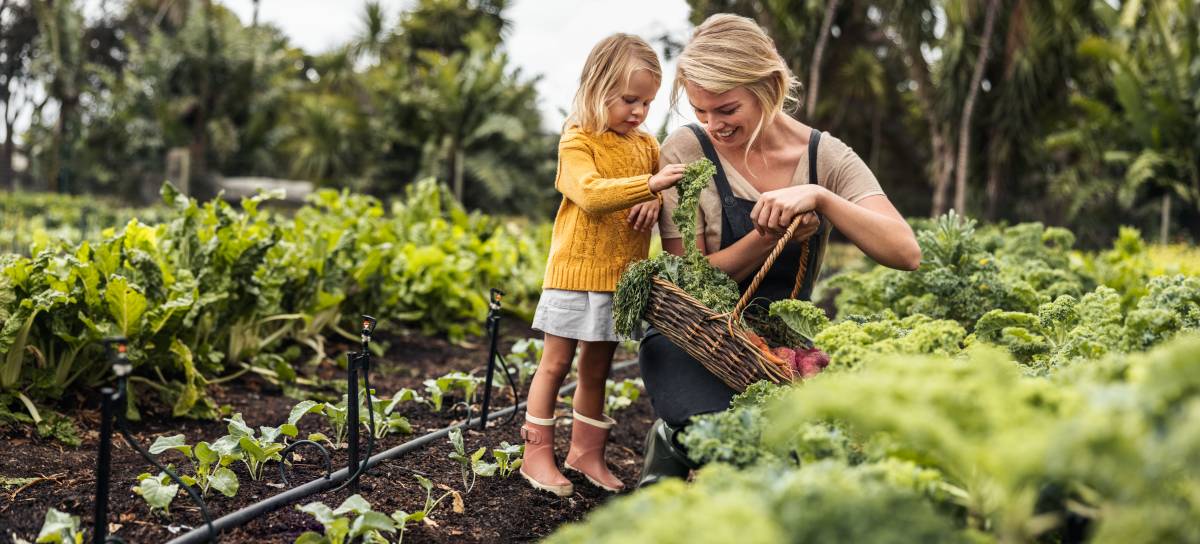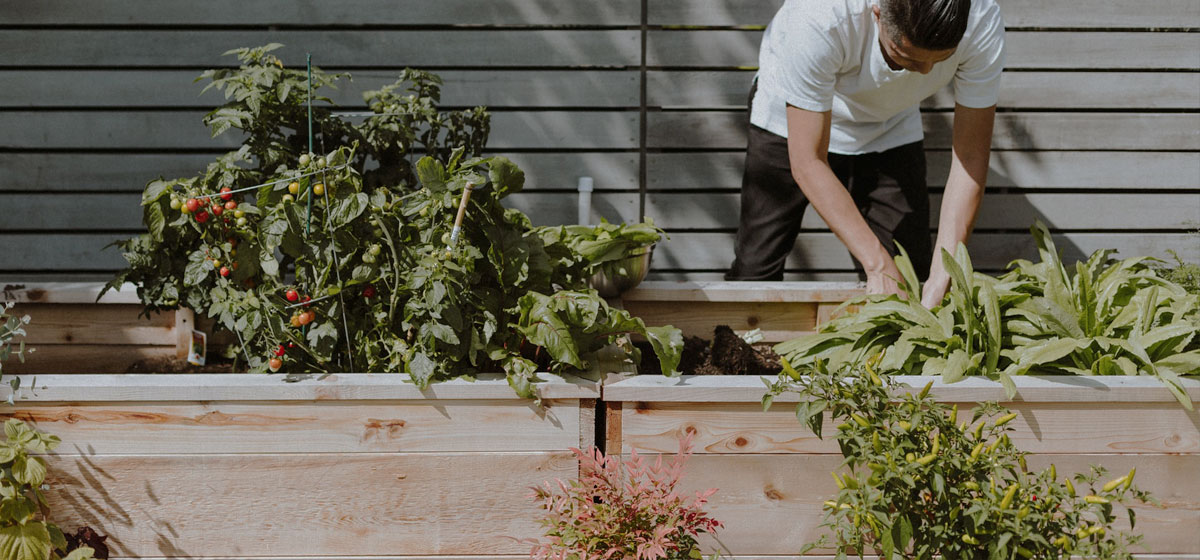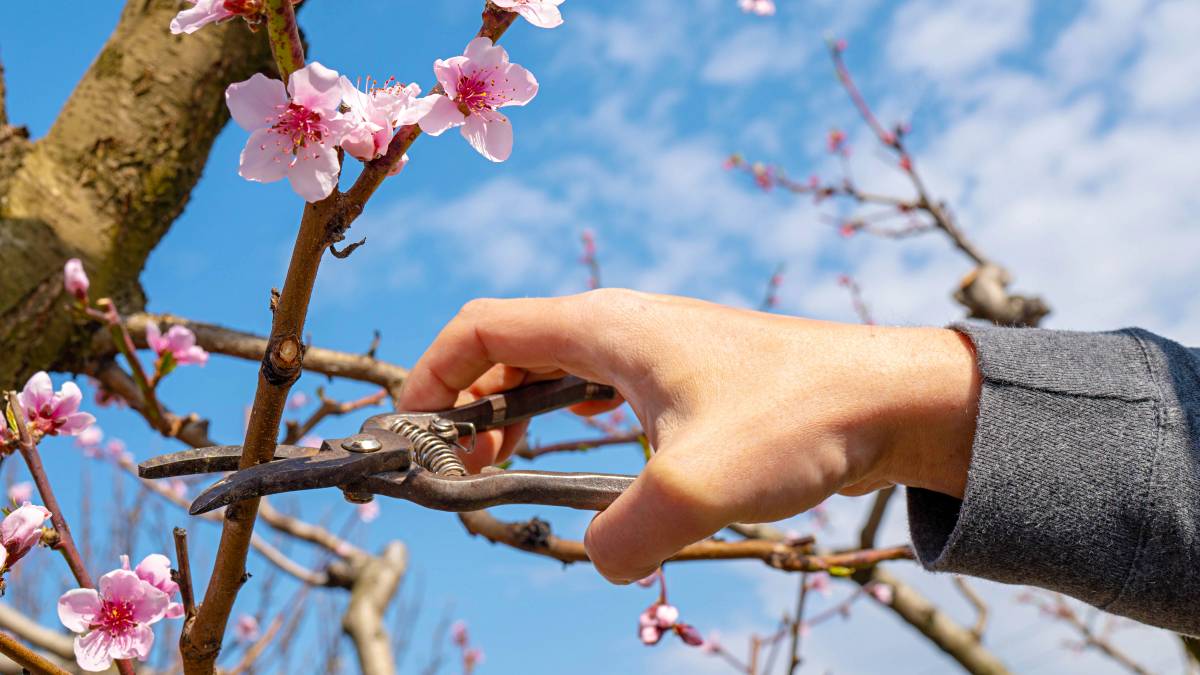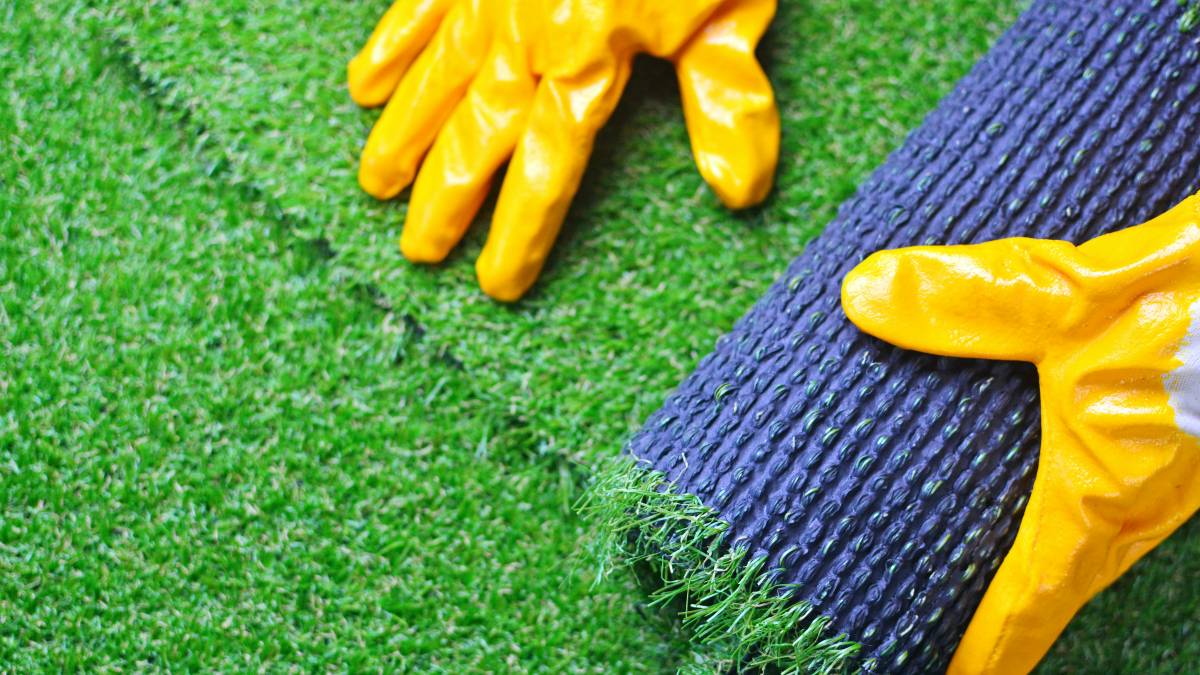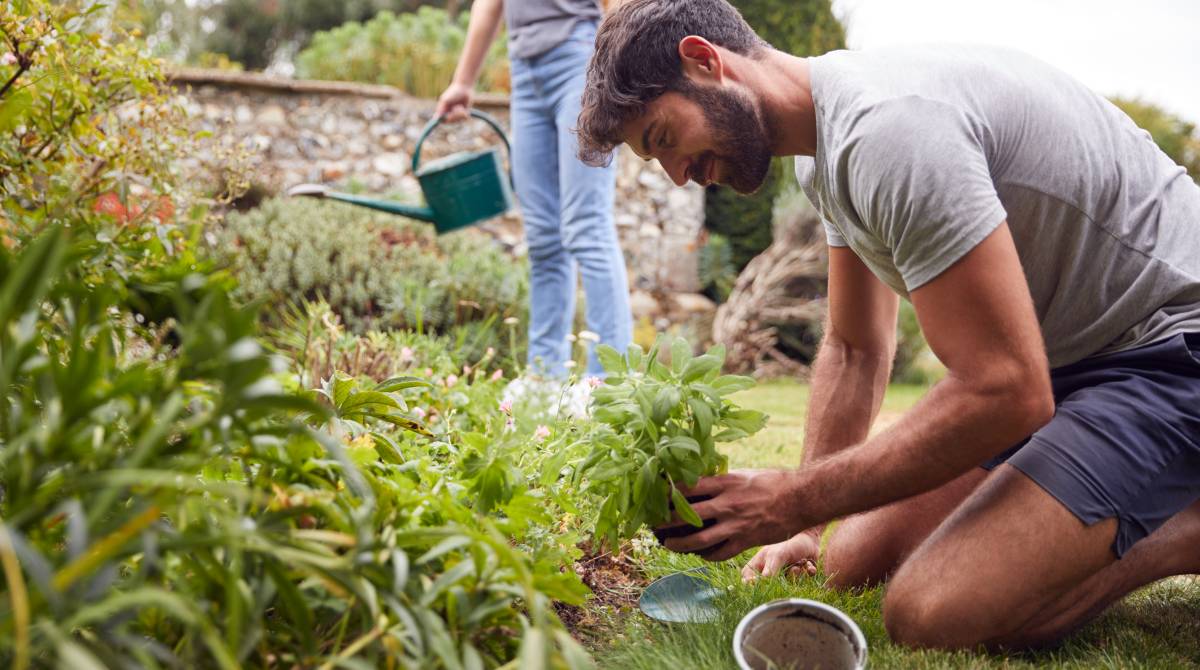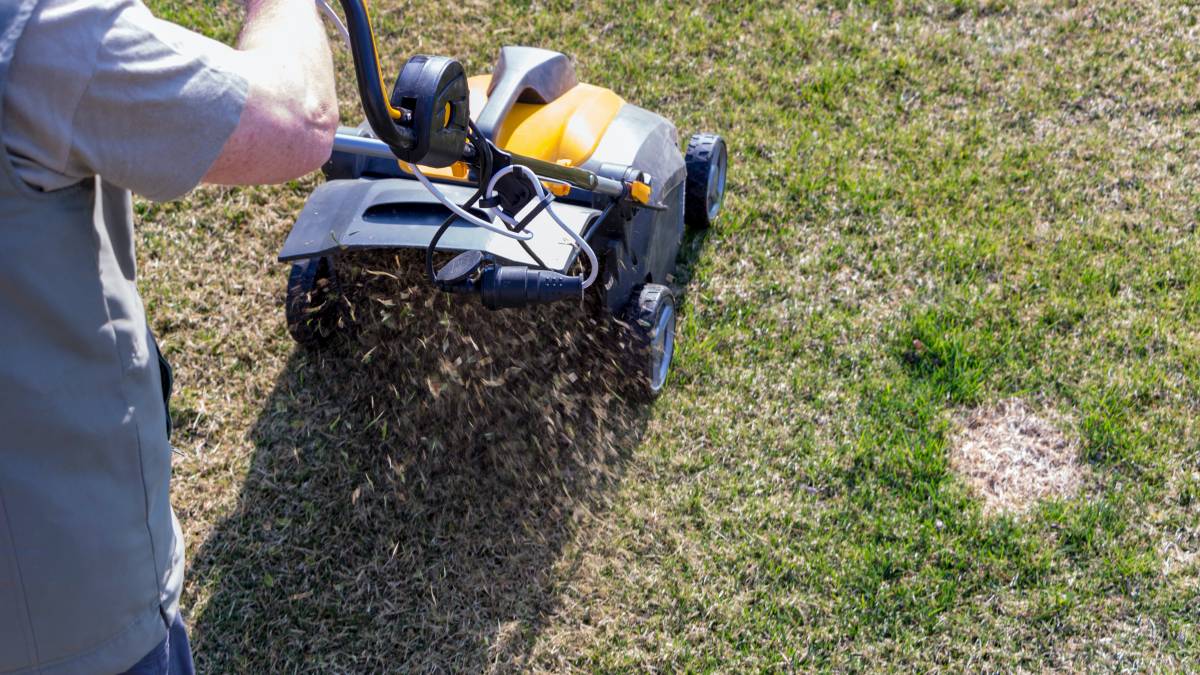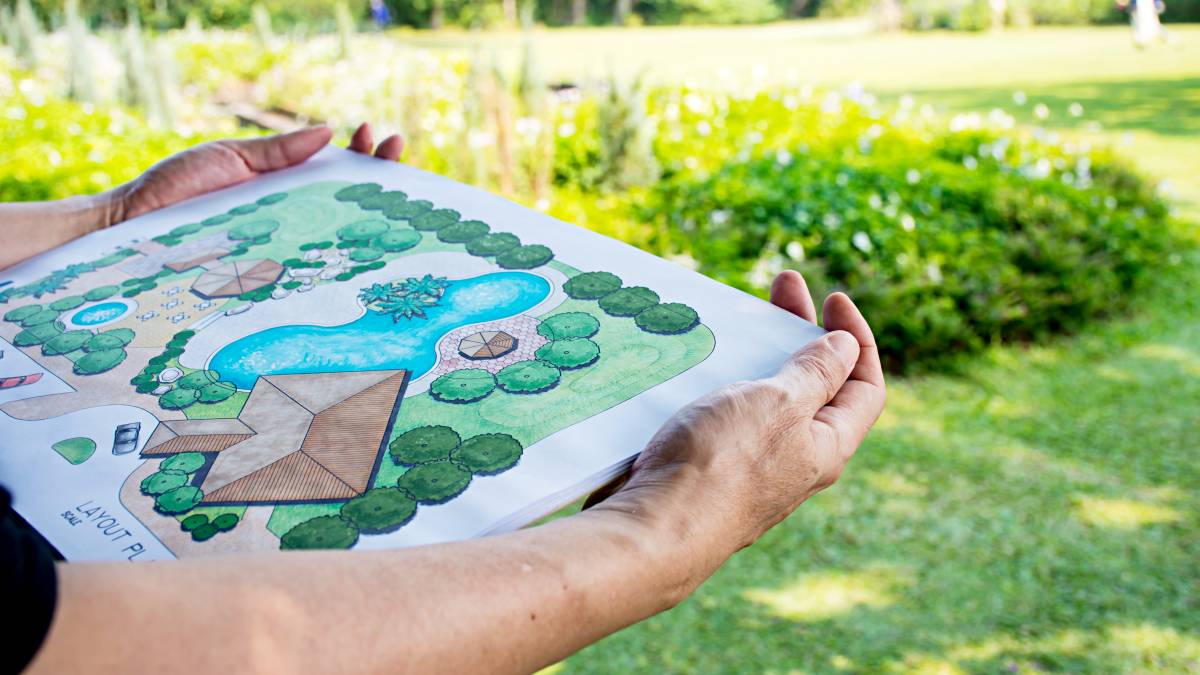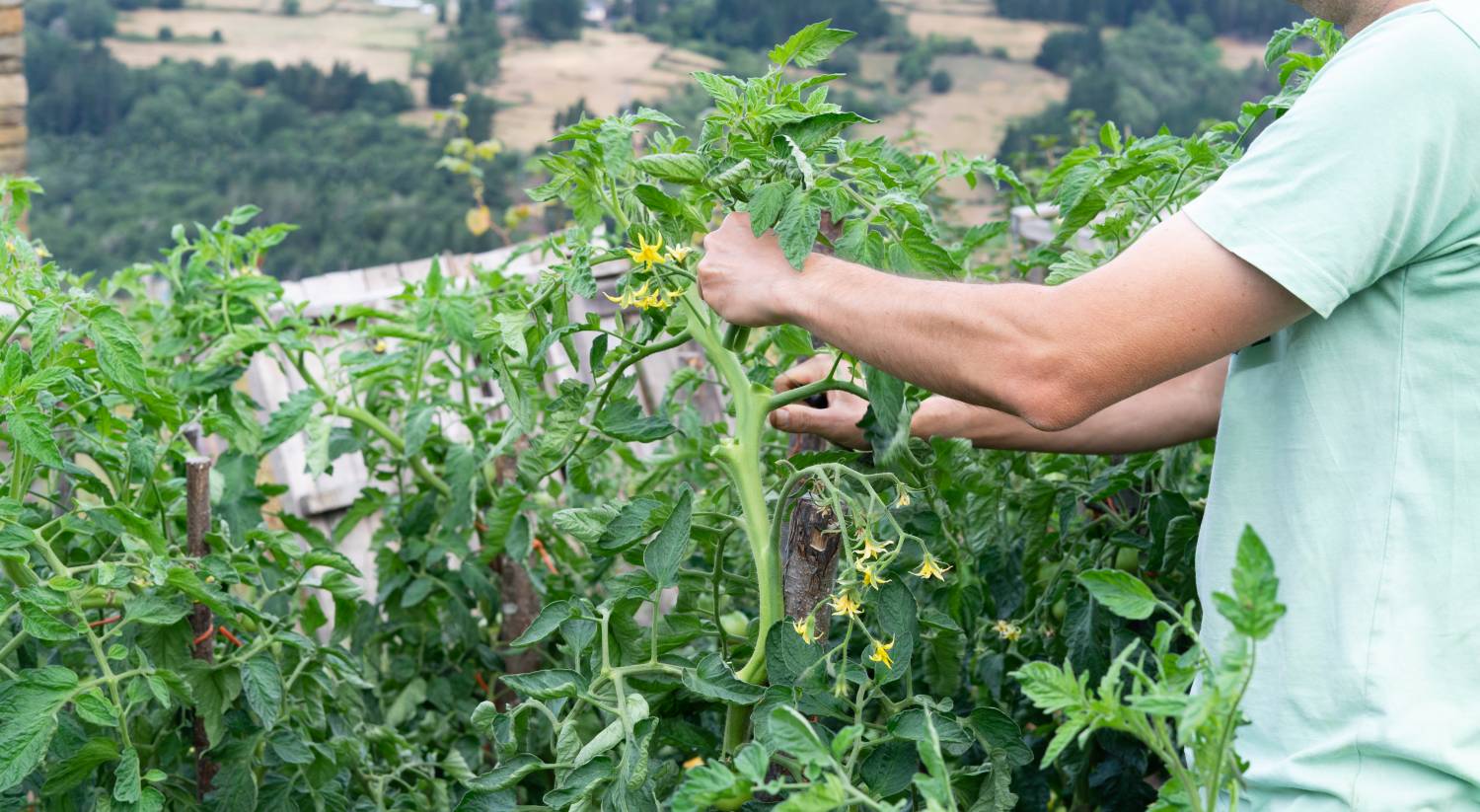
How to prune tomato plants to ensure a healthy, delicious crop
Find a pruning expertLast Updated on
When it comes to how to prune tomato plants, a level of discussion exists over whether you actually should or not? In reality, failing to prune your tomato plants will cause problems. Yes, you can still grow good tomatoes without pruning, but pruning is key if you want to improve the quality of your fruit.
Tomatoes do not require pruning or deadheading, but there are benefits to it. Let’s discuss these, along with how to prune tomato plants below.
Why you should learn how to prune tomato plants
The main reason why it is recommended that you prune tomato plants is energy usage. As with many other fruit and vegetable plants, pruning allows your tomato to direct its energy toward producing fruit instead of foliage.
Unpruned foliage becomes new branches, and these will form fruit, but we generally prefer quality over quantity when it comes to tomatoes. Pruned tomato plants produce larger fruit earlier in the season and are better protected against pest and disease problems.
Finally, a properly pruned tomato plant means that all foliage receives adequate sunlight and photosynthesises are more efficient, leading to improved growth and fruit production.
Knowing which tomatoes to prune
One exception to the rules of pruning is if you are growing determinate tomatoes. These plants develop all of their fruit at once, which means pruning could become the unnecessary sacrifice of tomatoes.
On the other hand, indeterminate tomatoes produce fruit regularly throughout the season, so knowing how to prune indeterminate tomato plants is very important. In addition, pruning this variety of plants encourages several large tomatoes instead of extra foliage, as explained above.
In conclusion, tomato pruning isn’t essential, but it does help. So, if you are entering a tomato-growing competition, prune; if you aren’t that fussed, save some time!
How to prune tomato plants
If you would like to prune your tomato plants, luckily, it’s very simple. You’ll want to start by looking for the small tomato “suckers” that can be found in the “V” space that sits between the main stem and the branches.
These suckers will grow into full branches on an unpruned plant, creating more foliage and then fruit. So if you want to make sure that your tomato plant does not overtake its space, this is where pruning comes in.
To prune, remove these suckers, which, if small enough, can be pinched off with your fingers. Larger suckers will require a pair of clean pruners. Always ensure your pruners are clean and disinfect them as you move from plant to plant to avoid spreading diseases. If you are diligent and remove the suckers when they are small, you’ll avoid putting too much stress on the plant.
If you have low-hanging branches, give them some height with a stake or remove them entirely. The goal is to avoid having your plant’s leaves touching the ground, as this makes them more susceptible to bacteria and viral infections. These issues will quickly spread through the rest of the plant, which you’ll want to avoid.
That’s how easy it is to prune! So keep an eye out for the suckers while watering or weeding, and give your plant a quick prune to enjoy bigger fruits.
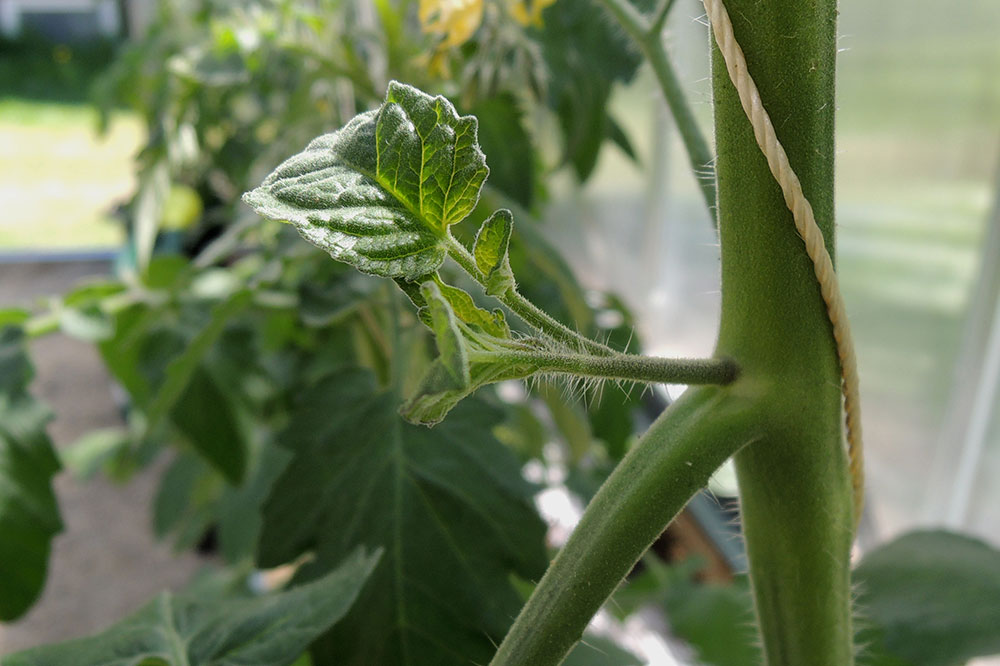
See also: Potting soil or potting mix: Which is better for your plants? |
How to prune cherry tomato plants
Cherry tomato plants are classed as indeterminate and are actually best grown in a cage instead of something like a trellis. The cherry tomato plant benefits greatly from regular pruning as it improves the quality of the fruit.
To prune a cherry tomato plant, follow these steps:
- Prune all of the leaves in the lower portion of the plant’s stem
- If a stake supports the plant, pinch back shoots selectively to leave two or three main stems. If in a cage, leave up to four or five
- Pinch back suckers in the leaf axils where the leaf stem meets the main stem
- Monitor for symptoms of disease or pests often evident due to squiggly lines on leaves, spots or fuzzy growth. You may also see pests visibly feeding on the plant
- Dispose of the diseased parts of the plant
Other tomato pruning methods
The method listed above in which you carefully remove the sucker is known as the simple pruning method. Some other methods may be used as well:
Missouri pruning
The Missouri pruning method reduces the shock to the plant and is done by pinching only the tip of the sucker. This allows the last two leaves on the stem to remain to let the plant produce more energy for tomatoes while lowering the stress and increasing shade to the fruit. The only downside to this method is that new suckers will grow quickly as more plant remains.
Root pruning
Pruning the roots will speed up the maturing process of the plant. This purposely creates stress on the plant, interrupting its natural growth cycle and forcing it to mature faster. If you want to try root pruning, the best time is when the first tomato clusters ripen.
For this method, use a pitchfork or a spade placed a few inches from the base of the plant, roughly 8-10 inches into the soil. From here, simply cut halfway around the plant, and you are done.
Top pruning
The final method is top pruning which should be done roughly one month before the end of the season. This involves removing the growing tip of each main stem above the last blossom. This method directs all of the sugars and nutrients towards the fruits, increasing the chance of red tomatoes rather than green for your harvest. Just make sure you do this four weeks before the end of the season.
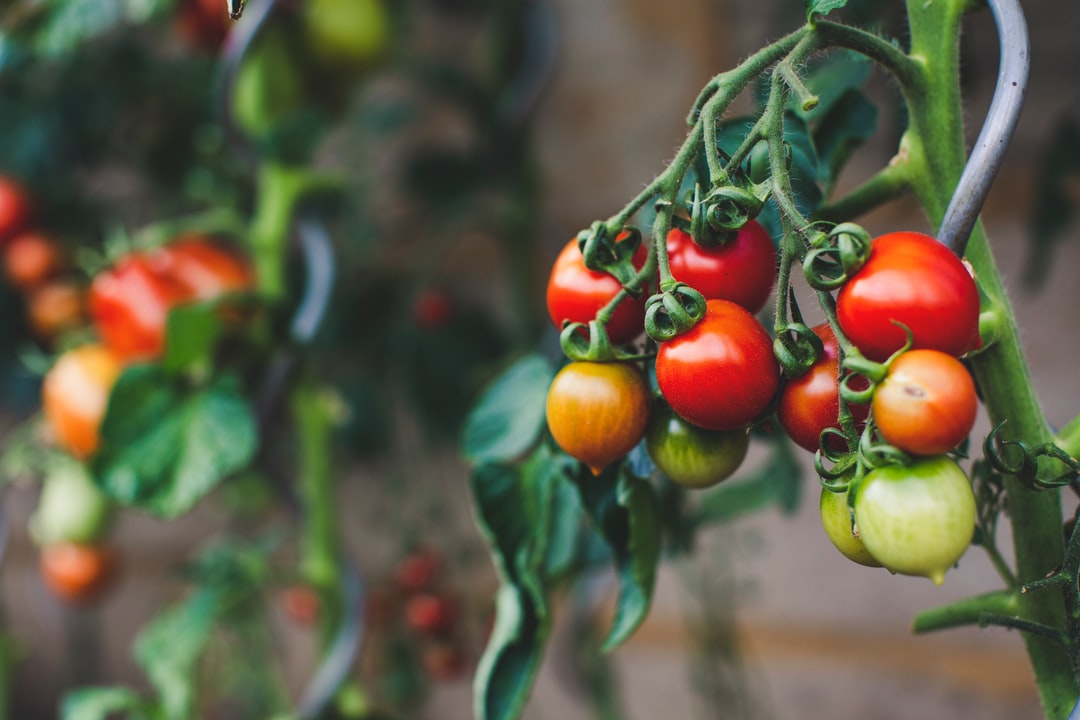
Need a little help to ensure your garden can flourish?
When it comes to tomato plants, you’ll see by the instructions above that pruning is a pretty straightforward task. For other sections of your garden and specific plants, however, that may not be the case.
If you do not have the greenest of thumbs, there are plenty of Taskers who can help you with your pruning! Hand the job over to a professional and enjoy peace of mind knowing that your garden is positioned for health and quality growth while also saving yourself some time!
If you would like to work on your own pruning skills, we have a range of articles that can help. For example, learn how to prune roses, the best ways to prune lavender, and how to tackle that apple or lemon tree for some improved fruit harvesting.
For many people, garden tinkering with tasks like pruning can be both relaxing and therapeutic! Take a little time to reconnect with nature and enjoy the benefits of a healthy garden that you have created with your own hands. Plus, fruit and vegetables taste way better when you have grown them yourself!
Find pruning experts, fast
Find a pruning expert
Frequently asked questions
The best time to start pruning tomato plants is when they grow to be roughly two feet off the ground (30-60 cm. tall). If you begin pruning when they are smaller than this, the plant may be in too much shock to recover from the pruning. You’ll notice branches coming off the main stem of your plant that are perfect for pruning when it reaches this size.
It is a good idea to keep the bottom 6 to 12 inches of your tomato plant trimmed. You can cut the lower leaves and stems away while they’re small to conserve the plant’s resources and protect it from a disease that can be picked up off the floor and onto lower branches.
If you are pruning your tomato plant for better structure and health, start by getting the plants off the ground and giving them plenty of room. Never prune or tie the plants that have wet leaves. If you have determinate tomato plants, you won’t really have to worry about pruning at all other than removing the suckers below the first flower cluster.
Related articles

How to prune roses the right way
Read more

How to clean garden rocks
Read more
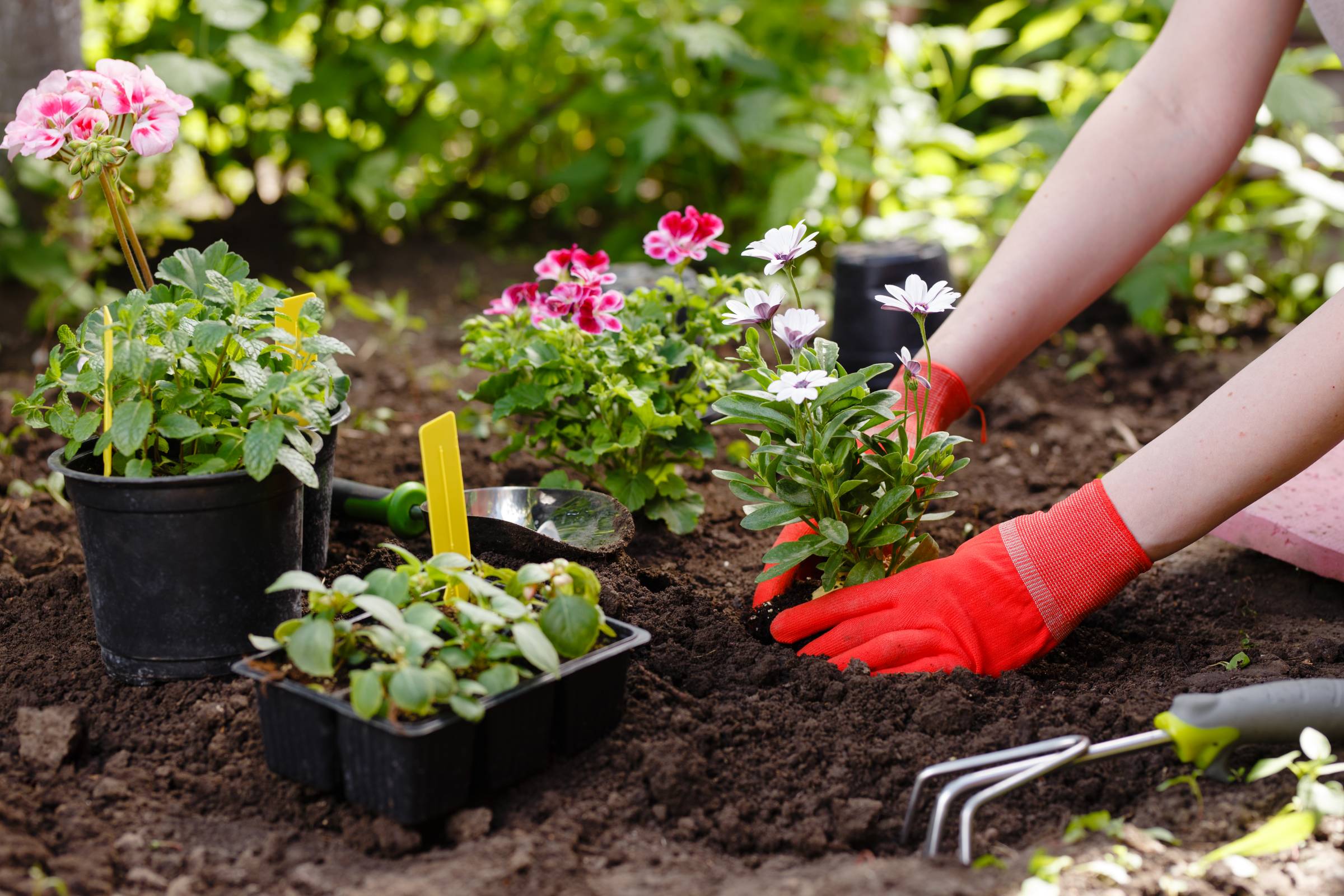
Your garden maintenance checklist
Read more

Gardening tips for beginners
Read more
Related price guides
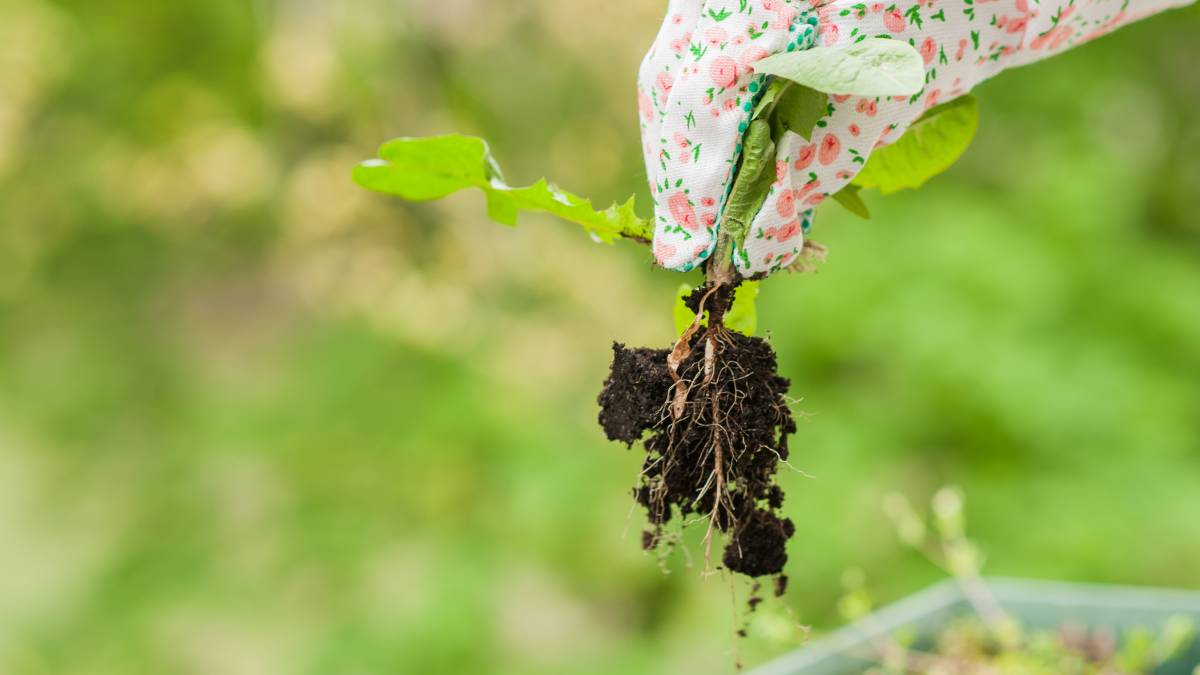
How much does weeding cost?
Read more

How much does a gardener cost?
Read more
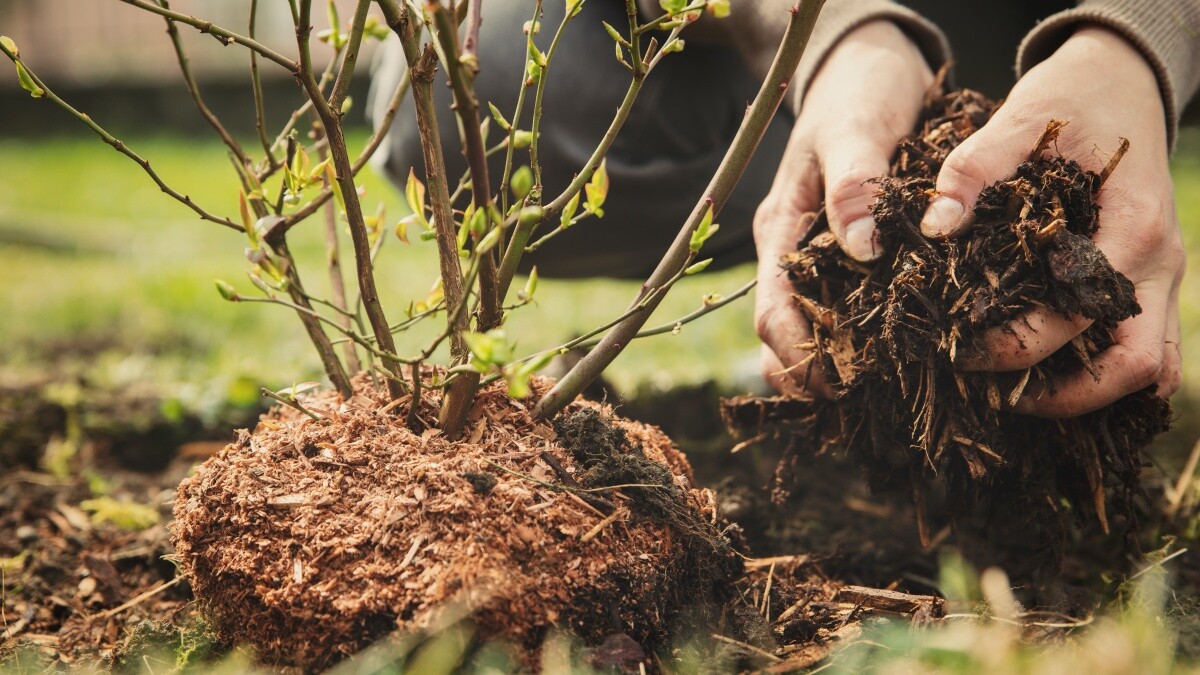
How much does mulch cost?
Read more

How much does garden clearance cost?
Read more
Let's do this!
It's free and takes only a minute.



